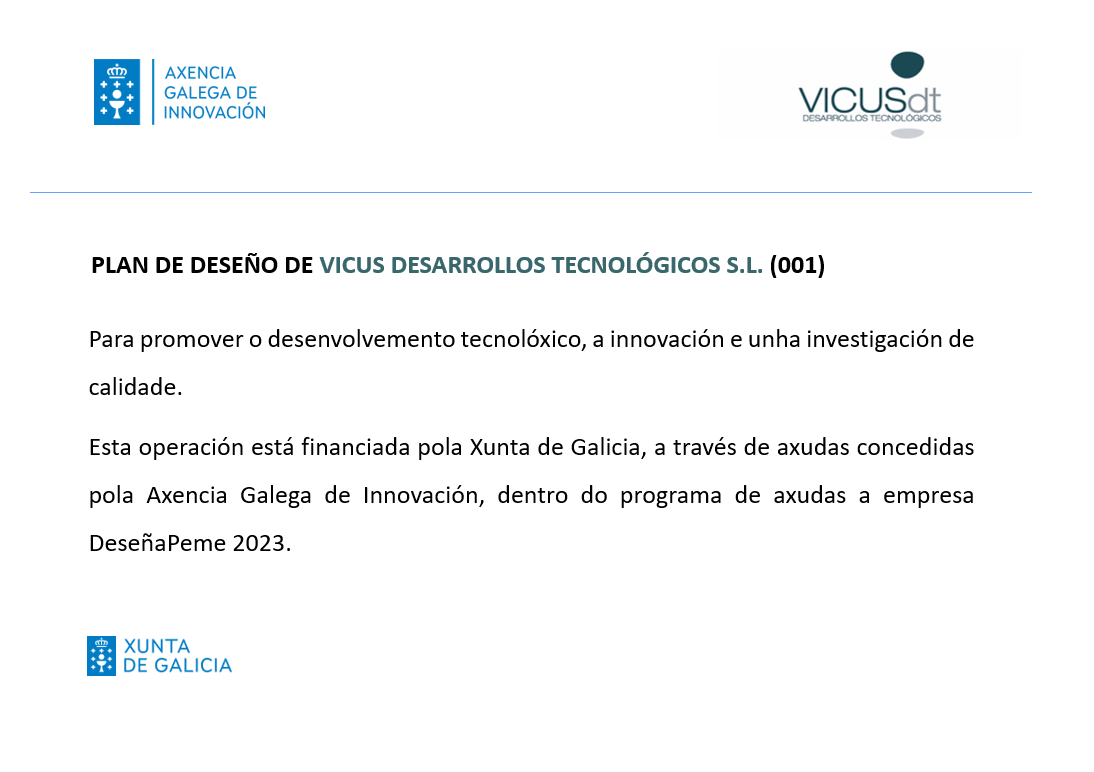This article outlines the impact of a variable speed generation system on a fishing vessel´s energy performance figures, analyzing electrical and hydrodynamic issues an presenting a practical case.
A very interesting energy saving approach for vessels with different operating profiles is the use of a variable speed generation system, so the synchronous generator can be run at variable speeds over a wide range of engine rpm.
This approach offers benefits by improving the energy efficiency of the propulsion train. On the one hand, it improves the performance when running at partial load; on the other hand, hydrodynamic performance of the propeller is also improved, increasing the open water efficiency by running on a higher pitch and advance ratio, and at the same time reducing cavitation, vibrations and noise.
The main technical consideration on this type of installation has to do with the new operational envelope of the diesel engine together with the hydrodynamic performance and possible
redesign of the propeller blades.
When it comes to the electrical installation of the ship, a key task is to evaluate the electrical loads and space required, especially for retrofitting projects, which are becoming very common for
existing vessels due to the increase in fuel prices.






